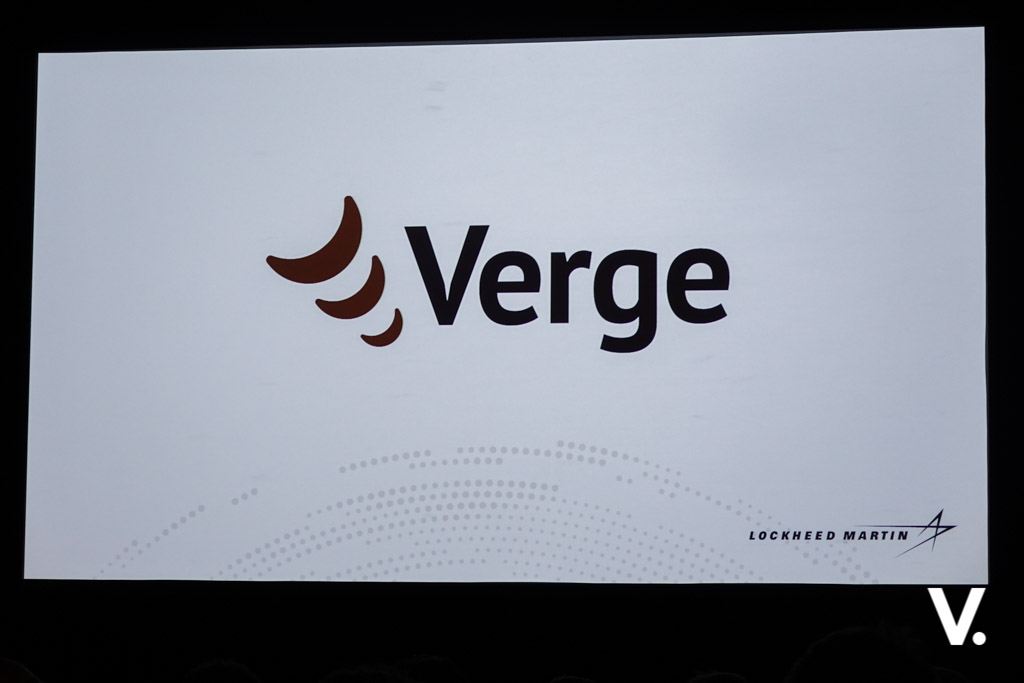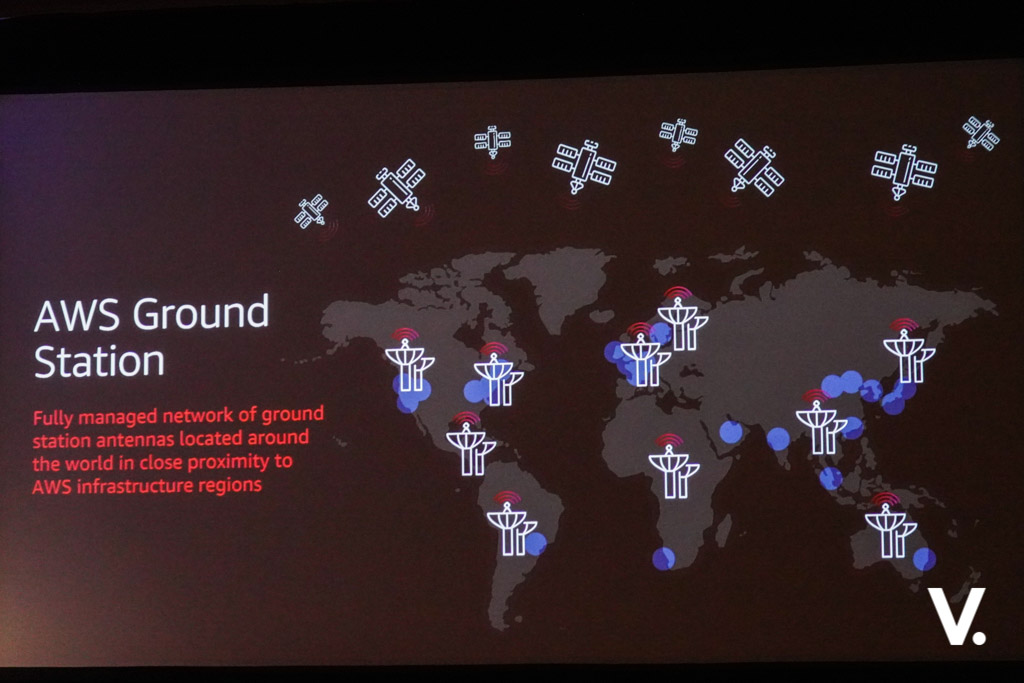Fresh from powering the InSight landing on Mars on 26 November 2018, Lockheed Martin and Amazon Web Services announced a strategic collaboration to integrate the just-launched AWS Ground Station service with Lockheed Martin’s new Verge antenna network. The win-win partnership answers customer needs for low-latency, fast, resilient satellite uplinks and downlinks.
Customers using AWS Ground Station gain the ability to download data from multiple satellites at the same time, and can continue downloading data even when unplanned outages like a major weather event impacts the network.
On the other hand, Lockheed Martin Verge customers will be able to upload satellite commands and data through AWS Ground Station as well as quickly download data over the high-speed AWS Ground Station network.
Both sets of customers can now integrate satellite data with the rich portfolio of AWS services, including compute, storage, analytics, and machine learning.
Lockheed Martin’s Verge, or Virtual Resilient Ground, is a cloud-based service for satellite ground control, using a compact, low cost antenna network. The Verge antenna network is deployed across the globe and communicates with 800 satellites currently in orbit around the Earth. A Verge antenna costs just under USD20,000, while a typical ground parabolic antenna can cost upwards of USD1 million, excluding maintenance costs.
Another downside of a parabolic antenna is that it can only connect to one satellite at a time, and only when it passes overhead.
See how Verge works:
Earlier today at re:Invent, AWS launched AWS Ground Station, a ground-breaking new service that makes it easy and cost-effective for customers to download and use data from satellites. The 12 Ground Station antennas located around the world are located in proximity to AWS Global Infrastructure, which makes access to data fast and in real-time.
There are currently over 2,000 satellites orbiting the Earth and collecting data, with 16,000 expected to be in low orbit over the next decade.
According to United Nations data, Low Earth Orbit (LEO) satellites are ideal for collecting data for Earth Observation and they make up about 63 percent of the active satellites now in orbit.
Mission critical uses cases like public safety, military missions in fast-evolving threat environments, and real-time weather observations for cargo ships and airlines, require immediate and continuous access to the latest satellite data.
Traditionally, government organisations and enterprises who require access to satellite data would need to build or lease ground antennas to communicate with satellites. This comes at a substantial cost and effort.
Furthermore, customers would need antennas in multiple countries to download data as ground stations need to wait for a satellite to pass over the desired location before being able to downlink.
Needless to say, all these cost significant capital investments and operational costs to build, manage and maintain antennas, compute infrastructure, and business logic at each location.
By joining hands, Lockheed Martin and AWS can provide satellite operators with a complete connectivity solution coupled with ground architecture, and cloud environment for integrated satellite and data management operations.
The next-generation space solution is also flexible and highly scalable, able to meet unanticipated demand across a broad variety of situations.
For more information about Lockheed Martin Verge and AWS Ground Station, visit www.lockheedmartin.com/Verge and aws.amazon.com/ground-station.
Follow AWS re:Invent updates here: vernonchan.com/tag/reinvent and follow the official hashtag #reInvent











